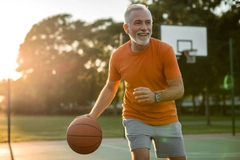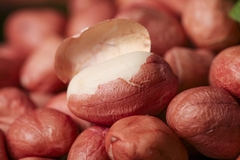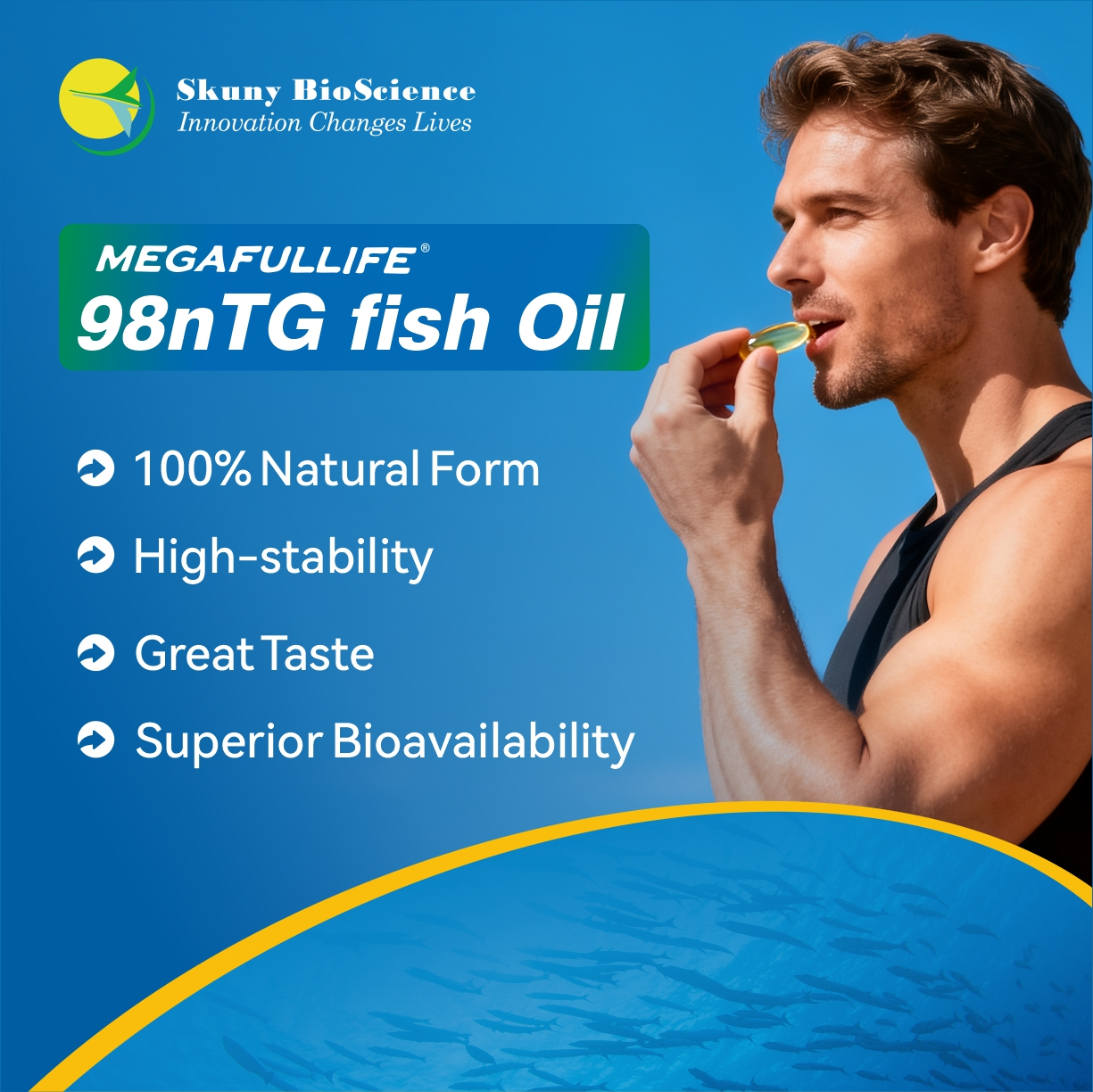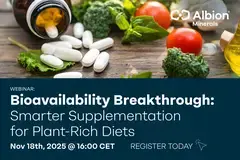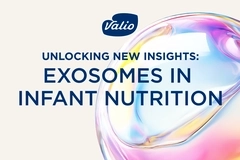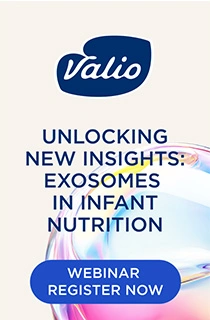High-concentrate omega 3 in demand as savvy consumers are the new norm
11 Aug 2022 --- The demand for omega 3 is booming due to consumer focus on personal health. Buyers are increasingly knowledgeable about how their supplements are produced and demand their products be as natural as possible, with transparent and traceable ingredients. Furthermore, consumers not only recognize the value of their health, but also seek climate-friendly products to protect the planet’s well-being.
NutritionInsight speaks with experts from Pharmako Biotechnologies, GC Rieber Vivomega and Aker BioMarine, who delve into the latest trends and sustainability advancements in the Omega 3 sector.
Trending green
Industry agrees that consumers are aware of the environmental sustainability issues and concerns around the omega 3 industry.
“Sustainable and natural, clean label omega 3 products are becoming almost mandatory product attributes nowadays. Omega 3 products need to be extracted as gently as possible to retain the natural forms of the ingredient,” says Simo Echchafai, senior VP of marketing and growth at Aker BioMarine.
Another trend is to reduce the size of the dose.
“For younger dietary supplement consumers, traditional fish oil formulations hold less of an appeal, with concerns of overfishing and climate change prevalent. Reducing dose size while offering better efficacy is a step in the right direction to address these concerns,” says Tanja Kokkinis, international business coordinator at Pharmako Biotechnologies.

In the same vain, Ståle Søfting, sales and marketing director at GC Rieber VivoMega, explains that the company “has been able to meet the consumer demands due to a pleasant sensory profile (no fishy aftertaste) and high concentrates in which we can reduce the size of the supplement capsules and decrease the number of capsules consumers need to take.”
High concentrations help alleviate concerns about consumer compliance (consumers taking the correct dose), high dropout rates due to reflux and reduce the concerns over ecological problems.
 High concentration supplements are greener and provide lower dropout rates.Avoiding oxidation
High concentration supplements are greener and provide lower dropout rates.Avoiding oxidation
The fatty acids found in omega 3 are easily oxidized when exposed to air, heat and light, causing trouble for long-term storage.
Aker BioMarine explains how they can control the entire processing value chain by being vertically integrated. This allows them to maintain, at all times, the level of lipid peroxidation and the fatty acid profile.
“We can ensure quality on board the vessels in fresh krill, in the meal made on board, in the same meal on shore, as well as in the oil extracted from it. We have an unbroken chain of records for the compositional integrity of our product, from catch to delivery in bulk oil,” Echchafai notes.
During production, the company immediately processes the krill oil into meal, retaining a higher level of nutrient quality. At the same time, the naturally occurring astaxanthin protects the product from oxidation until it reaches the consumer.
“Krill oil doesn’t need any additive to prevent oxidation naturally,” flags the company. Krill meat is the ingredient used by Aker Biomarine and Pharmako Biotechnologies – uses it together with algal oil – which the Norwegian-based company is fishing at record rates this year, 16,534 metric tons just in Q2.
“Research indicates that the phospholipid form, which the omega 3 fatty acids from krill is naturally delivered in, is more oxidatively stable than other forms of omega 3, like triglycerides,” he continues.
Constant monitoring is key, flags GC Rieber Vivomega, with Søfting emphasizing the need to work closely with its raw material partners.
“Our quality product is also due to our internal quality production methods and processing environment. Ultimately, the key to our quality is consistency – from the time the fish is processed until it reaches the end consumer,” he underscores.
Pharmako recommends that all brand owners carefully discuss the risk of oxidation with their contract manufacturers. Utilizing high-quality manufacturers with high cGMP (Current Good Manufacturing Practice) standards helps reduce this risk,” adds Kokkinis.
Tackling environmental footprint High concentrations help alleviate concerns about consumer compliance, high dropout rates due to reflux and reduce the concerns over ecological problems.
High concentrations help alleviate concerns about consumer compliance, high dropout rates due to reflux and reduce the concerns over ecological problems.
Adding to the use of reduced enhanced doses, the interviewed companies delve into how they are progressing with their environmental sustainability efforts, as climate change could result in a decrease of omega 3 acids available for both fish and humans.
“As a part of this guiding pillar, rather than catching fish for our exclusive use, GC Rieber Vivomega’s starting material is a side-stream of the fish meal industry. Producing our fish oil in this manner minimizes waste and eliminates the environmental impact,” explains Søfting.
“We use the biofuel created from our fish-oil production, reducing the need for external energy sources,” he continues. “Local aquaculture and food production industries use the remaining biofuel and fertilizer by-products. This entire process, combined with our day-to-day environmental initiatives, allows us to minimize our eco-footprint dramatically.”
Søfting also explains how, by having a 32,000 metric tons fish oil storage, they can consolidate orders and minimize the impact that many small shipments would make.
Echchafai boasts about the krill oil solution, as it is plentiful and comes from “one of the world’s most sustainable fisheries in Antarctica,” the only fishery with an A-rating from the Sustainable Fisheries Partnership.
Krill oil was found last month to improve stiffness, pain, and physical function in people with mild to moderate knee osteoarthritis, according to a study conducted by Australia’s national science agency, CSIRO.
By Marc Cervera

